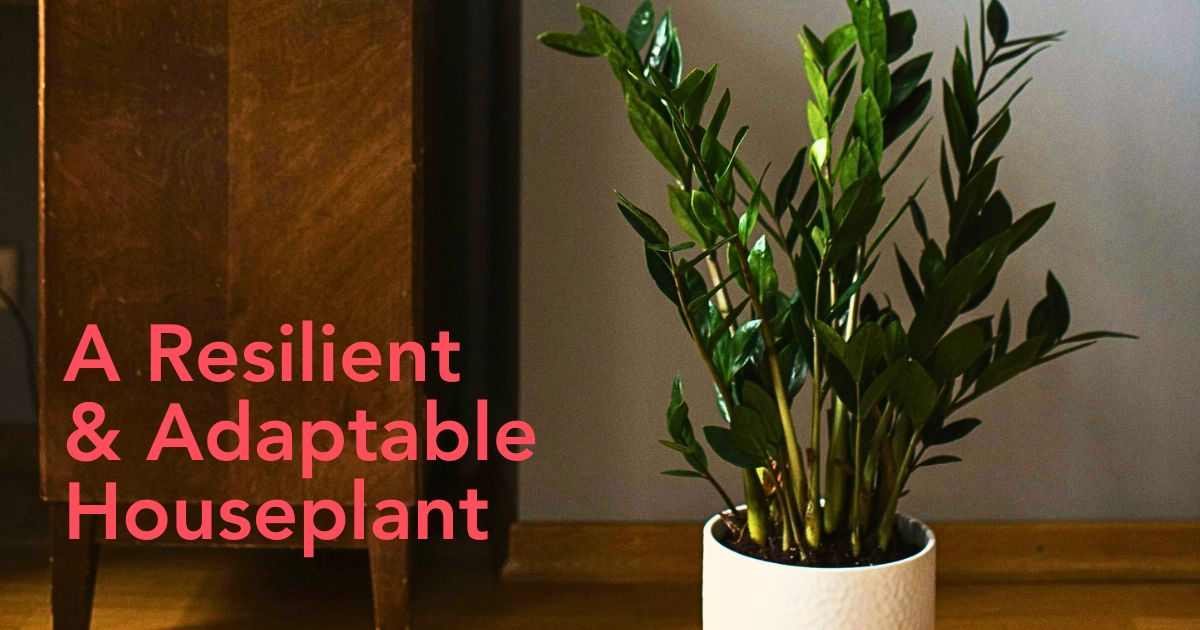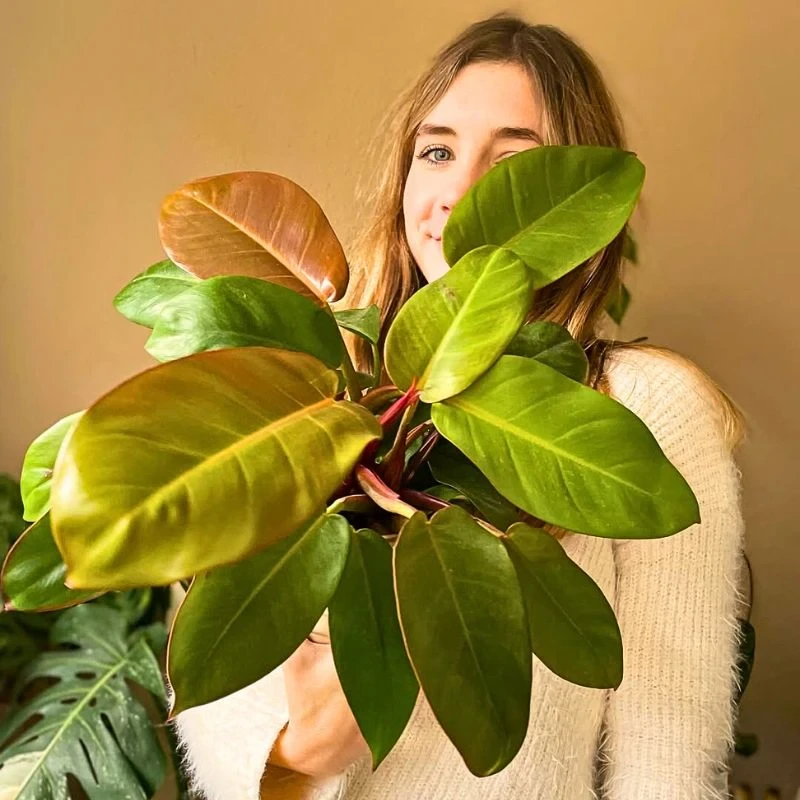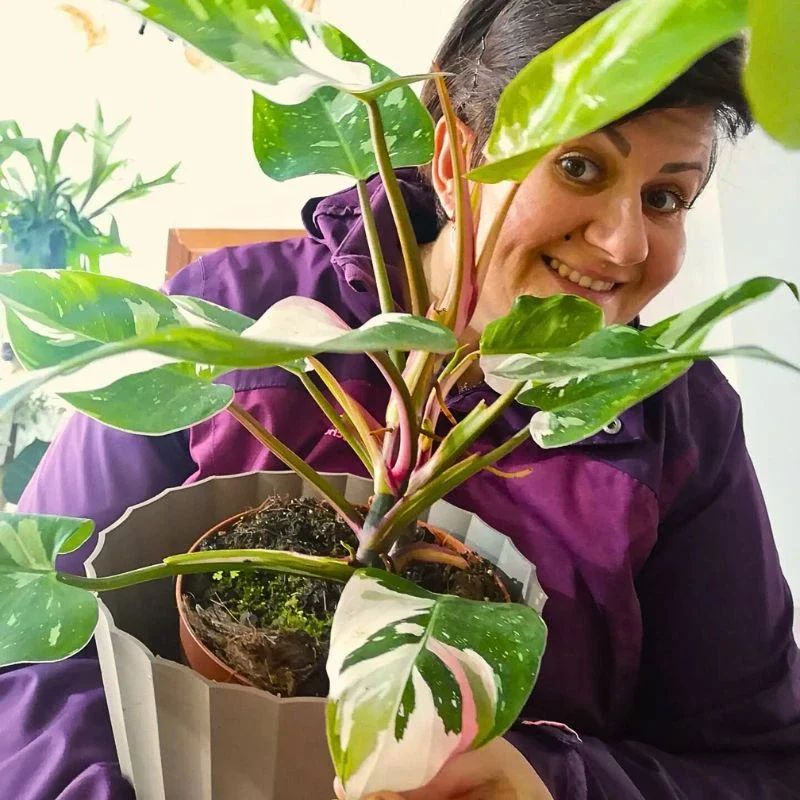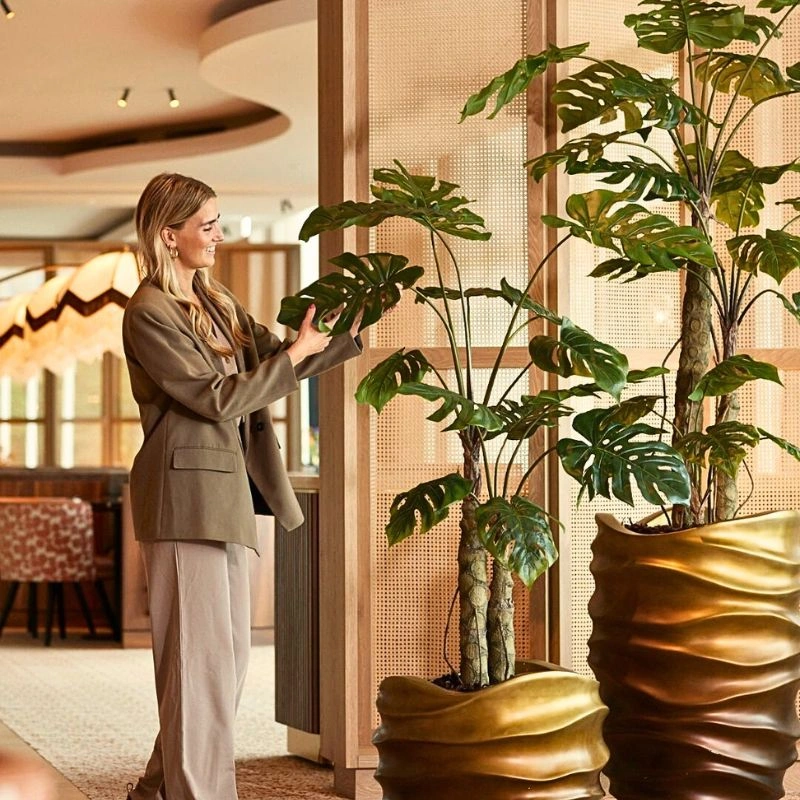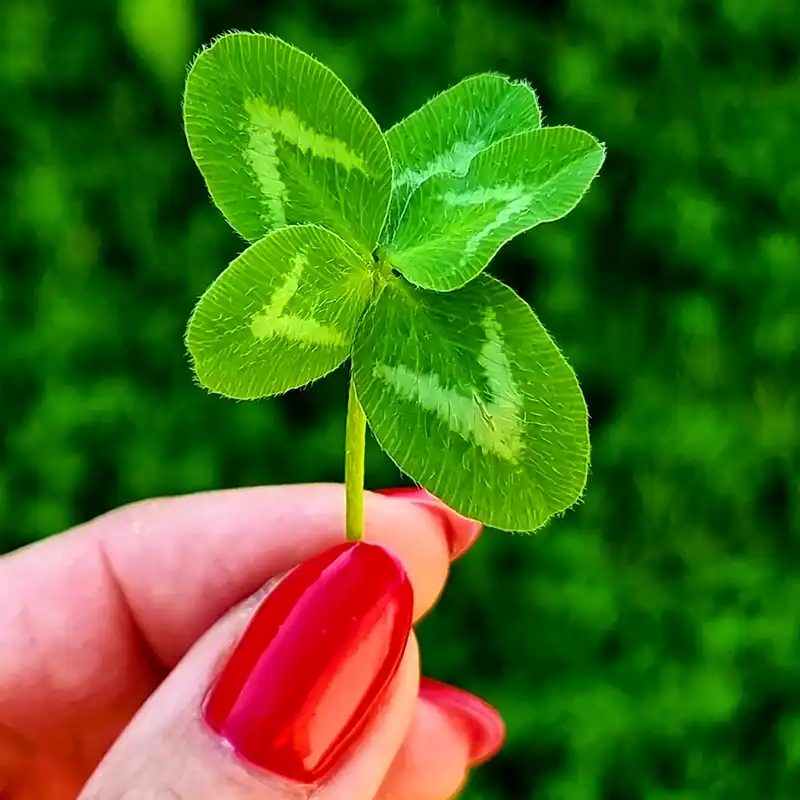When it comes to houseplants, the emerald palm, scientifically known as Zamioculcas zamiifolia, is one of those plants that perfectly exemplifies nature's resilience and adaptability. This evergreen perennial grows from a stout underground, succulent water-storing rhizome that enables it to survive extended periods without water. Distinguished by its glossy, deep-green pinnate leaves arranged on upright stems, the plant is popular among practically all houseplant enthusiasts.
Known by other names like ZZ plant, eternity plant, aroid palm, and Zu Zu plant, this marvel of nature demonstrates an unusual tolerance for low light conditions that would cause most plants to struggle. Its exceptional tolerance for neglect, coupled with its striking architectural form, makes it a staple in homes, offices, and commercial spaces, where it thrives with minimal attention while providing significant aesthetic and health benefits. Plus, its versatility and forgiving nature distinguish it from many others.
Botanical Profile and Taxonomy of the Emerald Palm Plant
The emerald palm belongs to the family Araceae, specifically within the subfamily Zamioculcadoideae. This subfamily consists of two primary genera: Zamioculcas and Gonatopus, with some genetic evidence suggesting that Stylochaeton might also be included in this taxonomic grouping. Despite its palm-like appearance that inspired one of its common names, the ZZ plant is actually an aroid, related to plants like philodendrons, peace lilies, and pothos, though its unique characteristics distinguish it from its relatives within this diverse family.
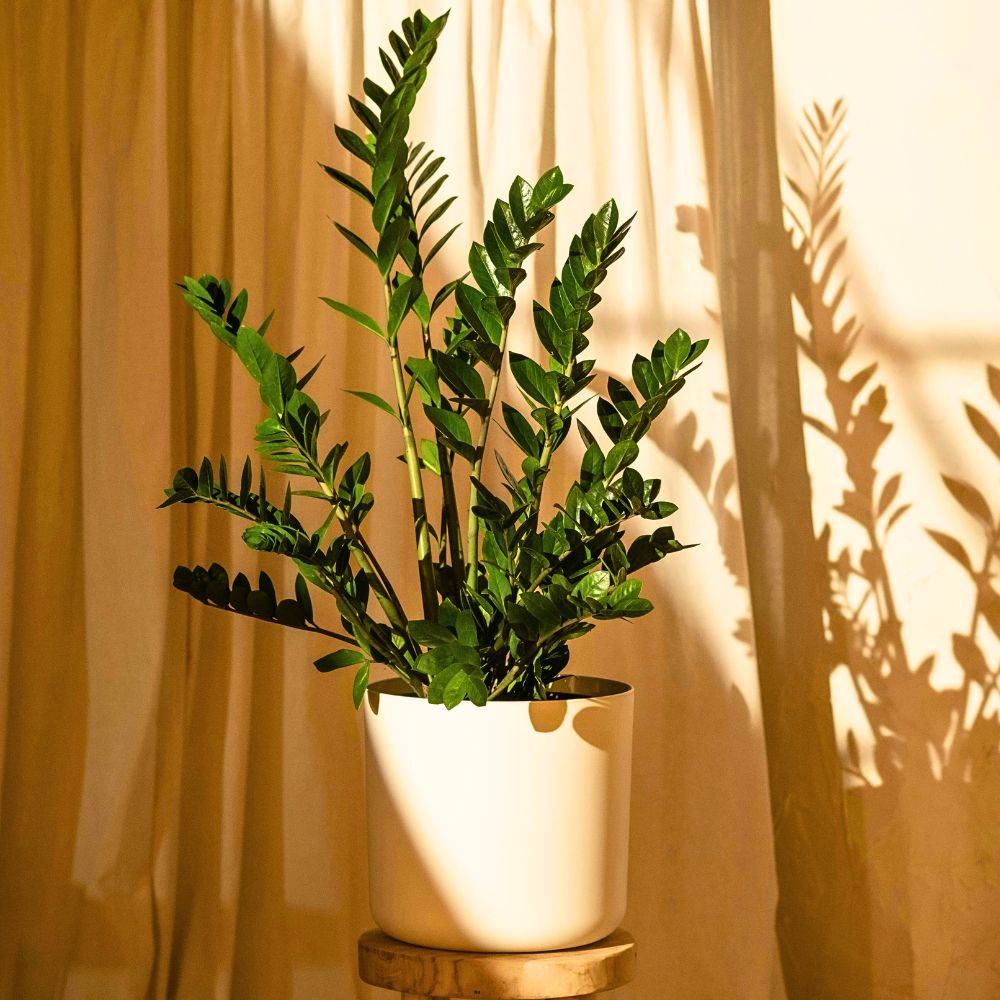
Morphologically, Zamioculcas zamiifolia presents a distinctive structure that contributes to both its ornamental value and survival capabilities. Its leaves grow in a pinnate arrangement with 6-8 pairs of oval leaflets along each stem, creating a feather-like appearance that rises vertically from the rhizomatous base. Each leaflet possesses a thick, waxy cuticle that gives the foliage a characteristic glossy appearance while serving the practical purpose of minimizing water loss.
Mature specimens can reach heights of 60-100 cm (2-3 feet) indoors, with individual stems growing up to 1 meter (3 feet) long under optimal conditions. Plus, the plant's underground structure consists of potato-like rhizomes that store water and nutrients, enabling the emerald palm plant to endure extended periods of drought. And, though rarely seen in cultivated plants, ZZ plants produce an inconspicuous emerald palm flower in the form of a small spadix near the base of the plant, typically cream-colored and resembling the flowering structures of other aroids but much less showy than many of its relatives in the Araceae family.
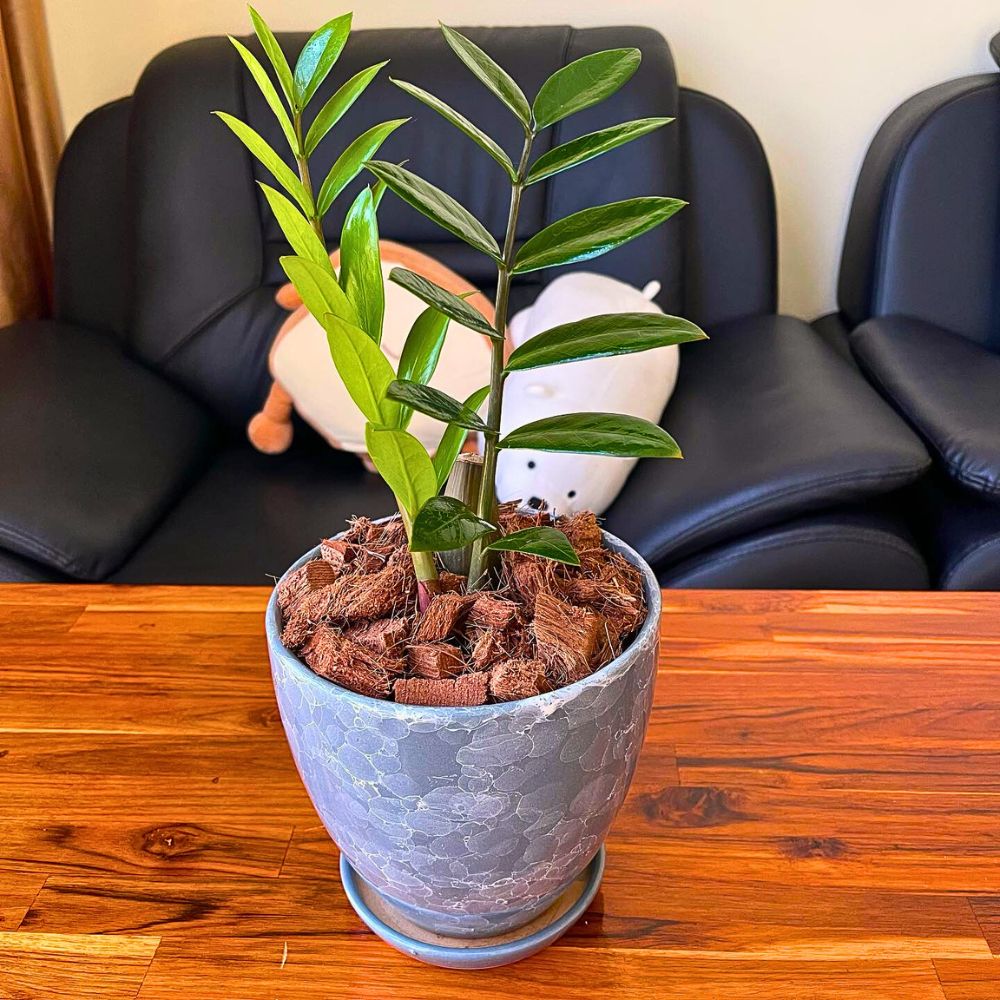
Origin, Habitat, and Spread of Zamioculcas Zamiifolia
The emerald palm originated in the eastern regions of Africa, particularly in countries spanning from Kenya to northeastern South Africa, including Tanzania and Zanzibar (which inspired one of its common names). In its native habitat, the plant thrives in dry, rocky landscapes with seasonal rainfall patterns, often growing in the understory of forests or in semi-shaded areas where it receives filtered light. These environmental conditions shaped the plant's evolutionary adaptations, including its succulent rhizomes for water storage and its ability to photosynthesize efficiently in low-light conditions—characteristics that would later make it exceptionally suitable for indoor cultivation.
While the ZZ plant has ancient origins in Africa, its spread in global horticulture is recent. The emerald palm remained relatively unknown in Western cultivation until the 1990s, when Dutch nurseries recognized its potential as a houseplant and began commercial propagation. From the Netherlands, it spread fast throughout Europe, North America, and Asia, becoming a staple in interior landscaping. The plant's popularity surged dramatically in the early 2000s as interior design trends increasingly emphasized low-maintenance greenery and the wellness benefits of indoor plants. Today, the emerald palm is cultivated commercially in tropical and subtropical regions worldwide, with significant production centers in Southeast Asia, Central America, and Florida.
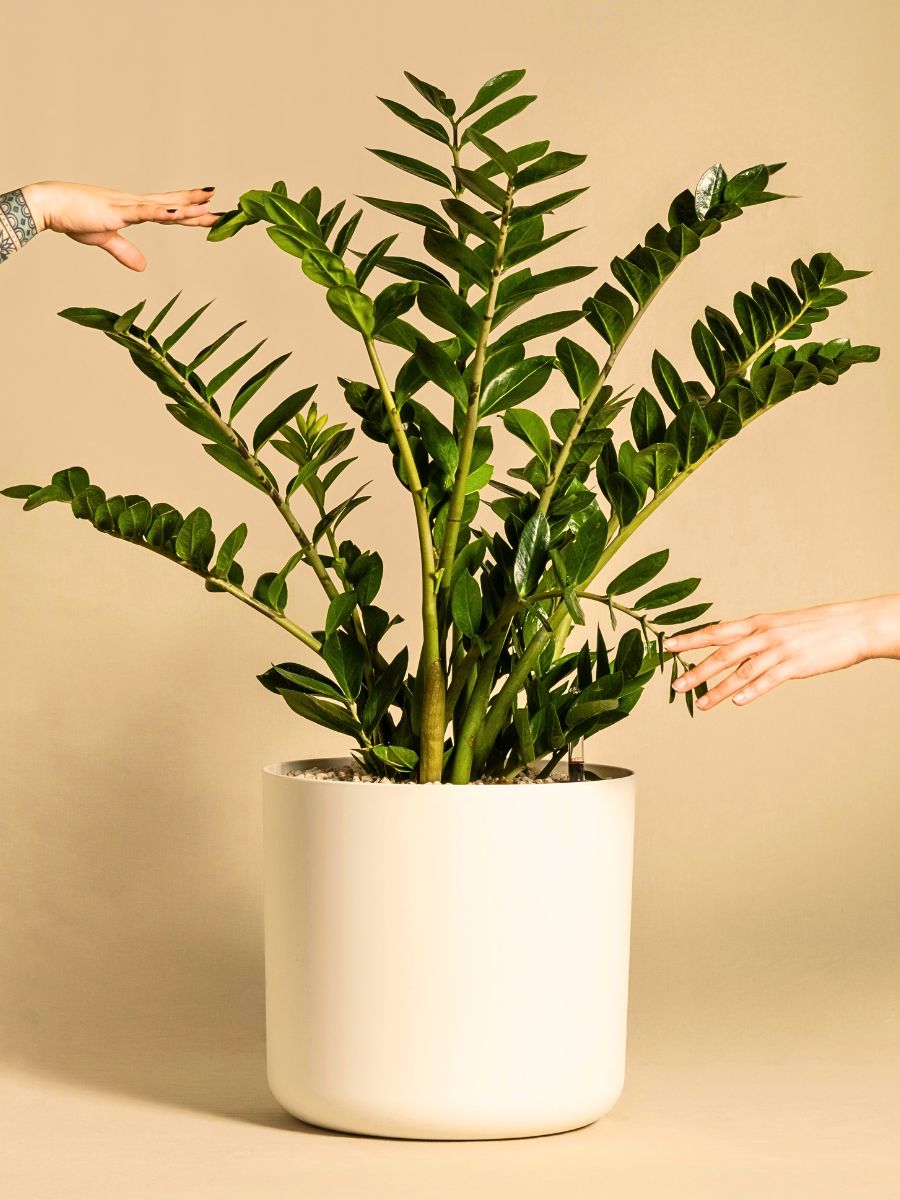
Planting, Cultivating, and Caring for the Emerald Palm
Creating the ideal growing medium is key for emerald palm cultivation. The plant thrives in well-draining soil that prevents excess moisture from accumulating around its rhizomes, which can otherwise lead to root rot. An optimal potting mixture combines regular potting soil with perlite, coarse sand, and a small amount of peat moss to create a light, airy substrate that allows water to flow through while retaining just enough moisture for healthy growth.
The ideal soil pH for the plant ranges between 6.0 and 7.0, slightly acidic to neutral, facilitating efficient nutrient absorption without stressing the root system. Commercial succulent or cactus potting mixes can be convenient alternatives, though adding extra perlite improves drainage further for regions with high humidity.
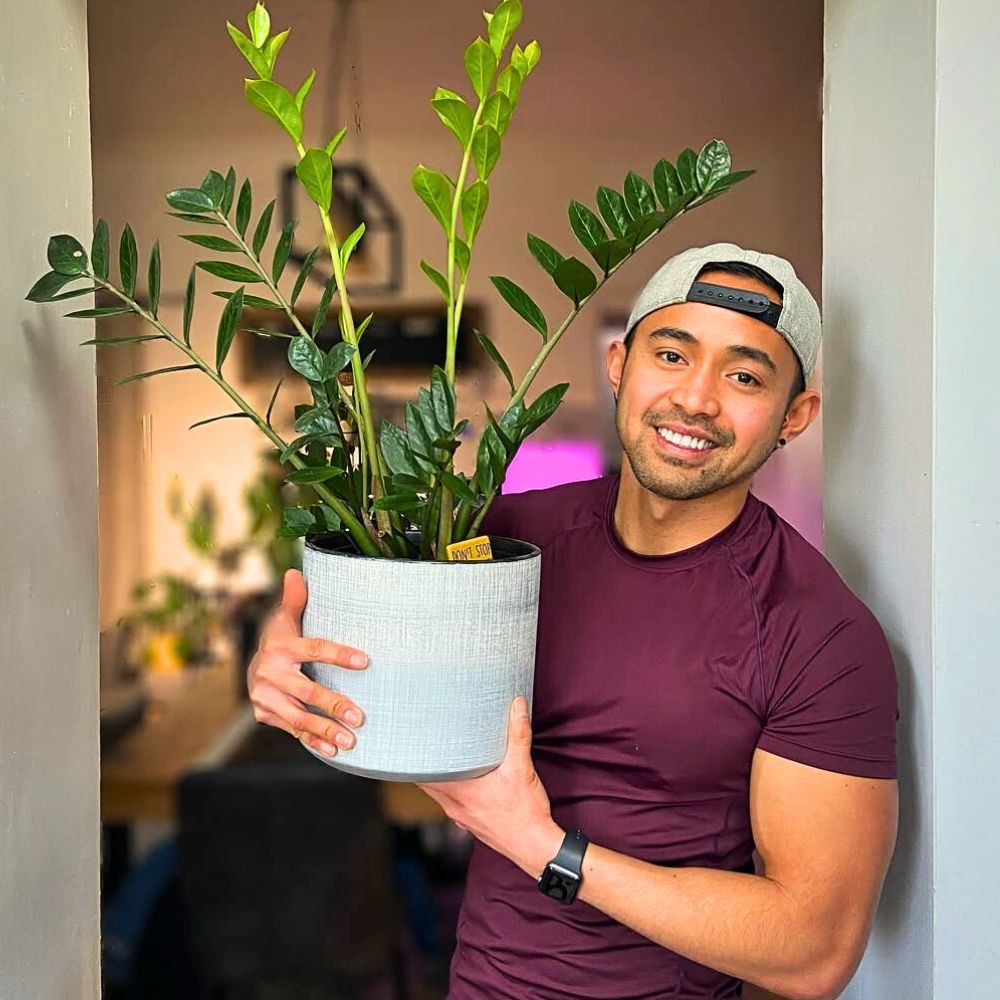
When selecting a container for your emerald palm plant, prioritize function over form. Choose a pot with ample drainage holes that prevent water from collecting at the base. The container size should accommodate the plant's current root system while allowing some room for growth, typically just 3-5 cm (1-2 inches) wider than the existing root ball. Terracotta pots work particularly well as their porous nature allows soil to dry more evenly between waterings. For decorative purposes, place the functional pot inside a more attractive cachepot. Empty any water that collects in this outer container after irrigation. Notably, the emerald palm grows relatively slowly compared to many houseplants, requiring repotting only every 2-3 years when it becomes noticeably root-bound
Light Requirements
One of the most appealing aspects of the emerald palm is its exceptional adaptability to various light conditions. While it can survive in low-light environments where many other plants would fail, it grows most robustly in bright, indirect light that mimics the dappled sunlight of its native understory habitat. Position the plant near east or west-facing windows where it will receive gentle morning or late afternoon sun without the harsh midday rays that can scorch its leaves. In offices or rooms with limited natural light, the plant’s leaves may develop more slowly and with greater spacing between leaflets, but it will continue to survive and maintain its attractive appearance.
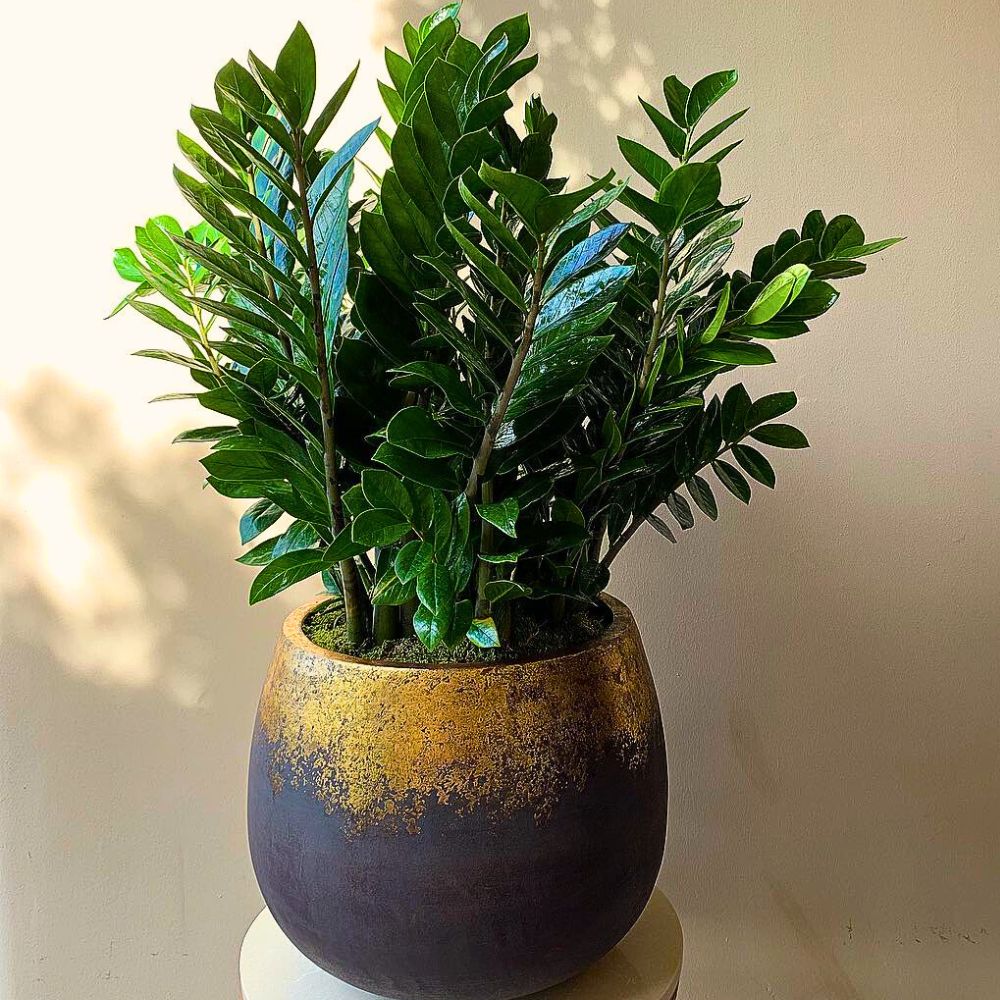
Despite its tolerance for dim conditions, prolonged periods in very low light can eventually affect the plant's overall health and appearance. It may, for example, become leggy as it stretches toward available light sources, with new growth appearing paler and less robust than normal. Conversely, too much direct sunlight can damage the foliage, causing yellow discoloration or brown scorched patches on the waxy leaves.
If you notice these symptoms, gradually transition the plant to a more suitable location, as sudden changes in light exposure can shock the plant and cause additional stress. For spaces with consistently inadequate light, consider supplementing with grow lights positioned several feet above the plant, or rotate your emerald palm to a brighter location periodically, allowing it to recharge before returning it to its usual spot.
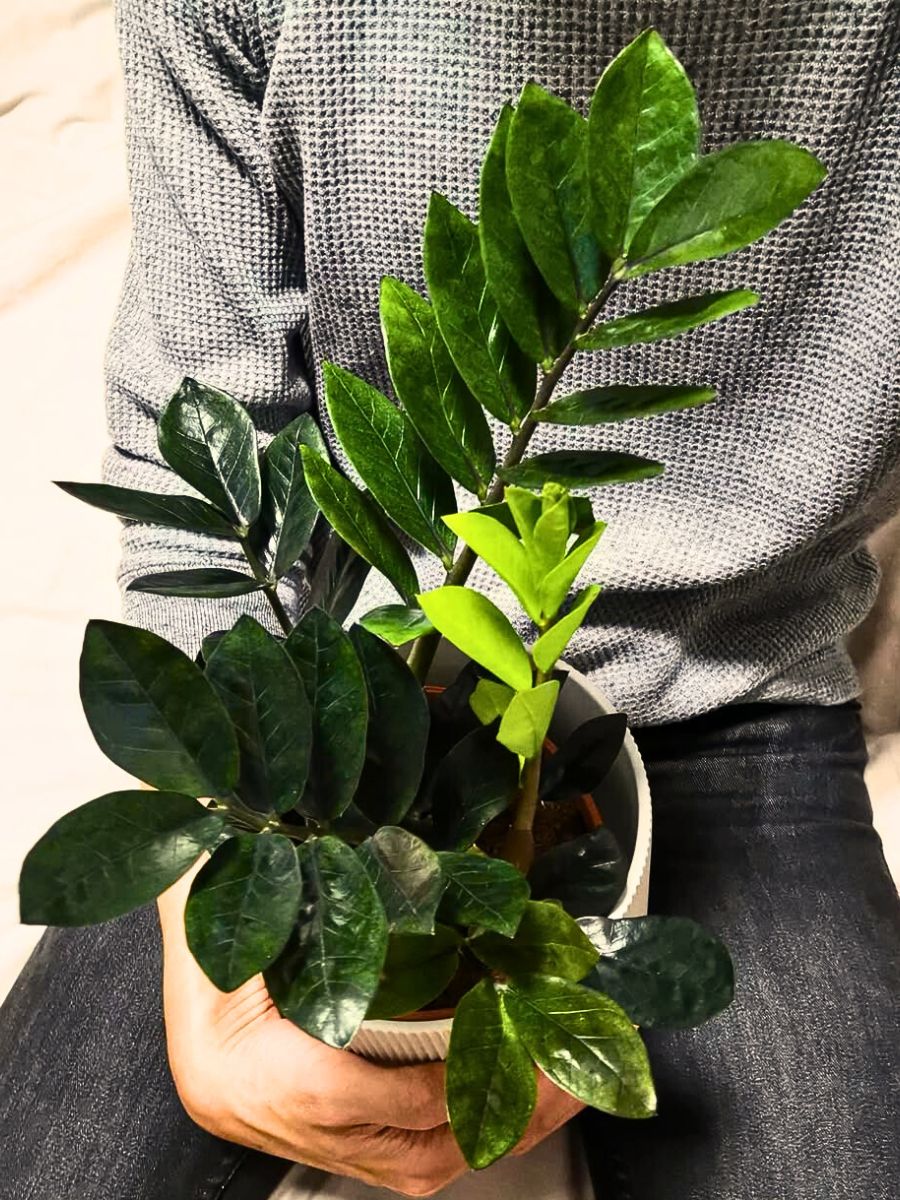
Watering Needs
Proper watering represents perhaps the most critical aspect of emerald palm care. Overwatering poses a significantly greater threat than underwatering to this drought-tolerant species since it has evolved to store water in its rhizomes, stems, and thick leaves, which enables it to survive extended dry periods.
Allow the soil to dry out completely between waterings—typically checking that the top 5-8 cm (2-3 inches) feel dry to the touch before adding more moisture. During active growing seasons in spring and summer, this might mean watering every 2-3 weeks, while in winter, the Zamioculcas zamiifolia plant may require hydration only once a month or even less frequently in cooler environments where evaporation rates decrease substantially.

When watering the plant, apply water thoroughly until it begins to drain from the bottom of the pot. This thorough-but-infrequent approach ensures proper hydration while preventing the plant from sitting in standing water that can lead to root rot. Notably, its watering needs are indicated through subtle changes in appearance. Slightly curling leaves or minor wrinkling of the stems indicate thirst, while yellowing leaves, particularly those closest to the base, often signal overwatering.
In cases of severe underwatering, the plant is resilient and capable of recovering once proper moisture levels resume. Plus, its forgiving nature regarding irrigation schedules makes the emerald palm leaves less prone to developing brown tips or edges than many indoor plants.

Fertilizing Your Zamioculcas Zamiifolia Plant
For the plant’s optimal health, apply a balanced, water-soluble fertilizer diluted to half the recommended strength once every 4-6 weeks during the growing season. Select a formulation with equal proportions of nitrogen, phosphorus, and potassium (such as a 10-10-10) to support its overall development without encouraging excessive foliage production that could weaken the plant's structure. During the winter months, when the plant naturally enters a period of slower growth or dormancy, suspend fertilization entirely to prevent nutrient buildup in the soil that could potentially damage the root system.
Overfertilizing represents a common mistake in emerald palm care that manifests through burned leaf tips, crusty white mineral deposits on the soil surface, or slowed growth despite otherwise favorable conditions. If you notice these signs, flush the soil thoroughly with clean water to remove excess nutrients, then scale back your fertilization schedule in subsequent growing seasons.
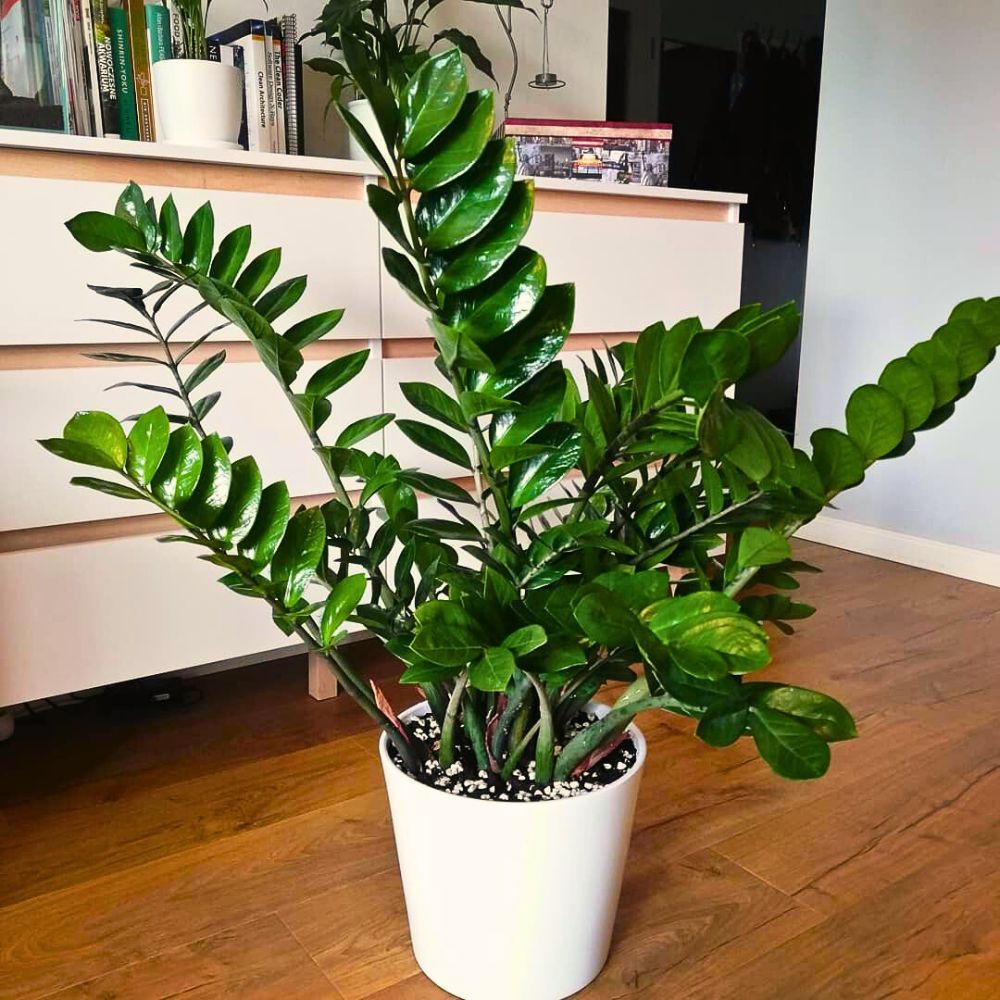
For those preferring organic approaches, a slow-release organic fertilizer applied once at the beginning of the growing season can provide sufficient nutrition without the risks associated with more concentrated chemical formulations. When repotting the plant, incorporating a small amount of compost into the fresh potting medium offers a gentle nutritional boost that supports it through the establishment period in its new container.
Pruning and Maintaining the Leaves
Pruning serves primarily aesthetic purposes for the ZZ plant, as this naturally tidy grower maintains an attractive form without significant intervention. However, occasional maintenance keeps your emerald palm looking its best while promoting healthy growth patterns.
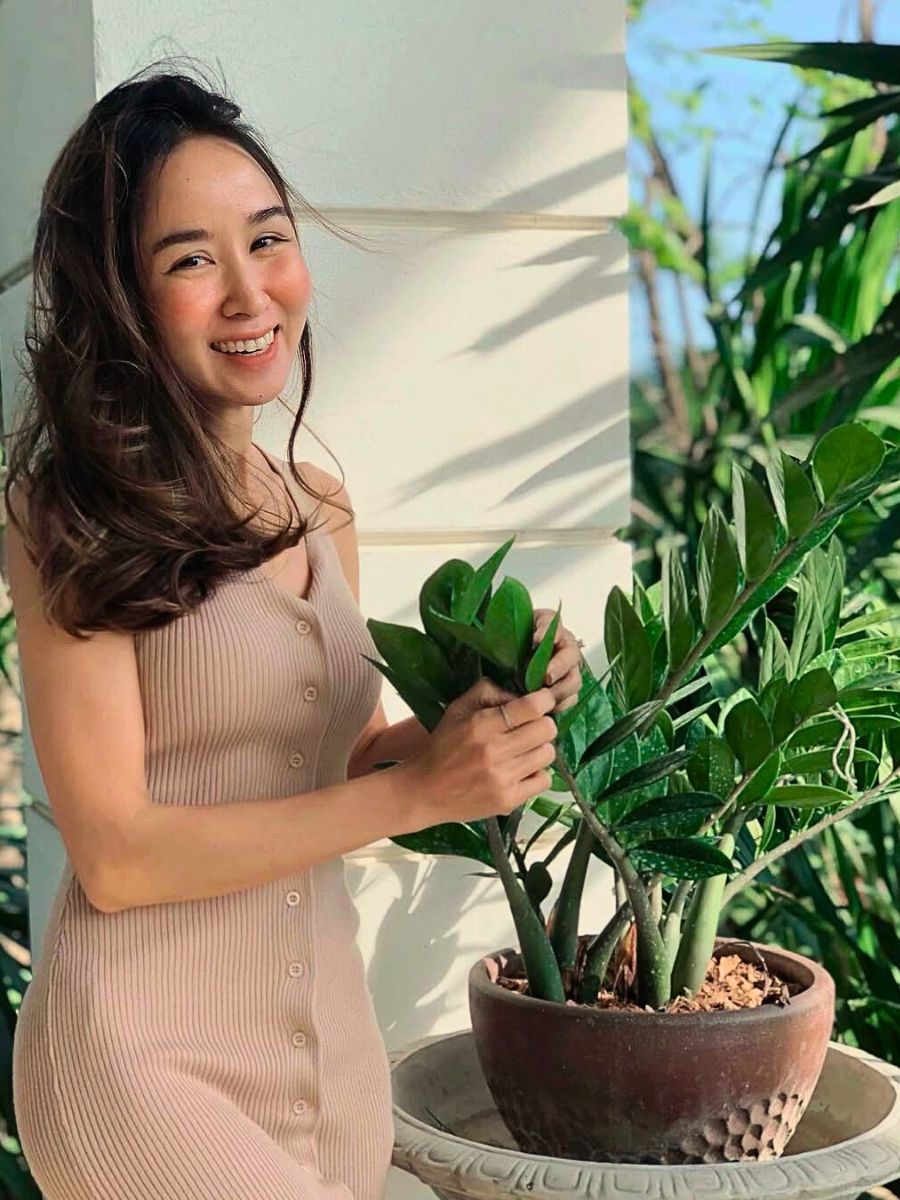
Using clean, sharp scissors or pruning shears, remove any yellowed, damaged, or dying leaves by cutting the entire stem at its base near the soil line rather than trimming just the affected portions. This comprehensive approach prevents unsightly partial stalks while encouraging the plant to direct energy toward producing new, healthy growth instead of sustaining compromised foliage that no longer contributes effectively to photosynthesis.
Also, dust accumulation on the waxy surface can block light absorption and potentially harbor pests. Gently wipe each leaf with a soft, damp cloth every few weeks, supporting the leaf from underneath to prevent damage to the stem junction. Avoid using leaf shine products or oils on your Zamioculcas zamiifolia plant, as these can clog the leaf pores and interfere with the plant's natural respiration processes.

Temperature and Humidity Preferences
The emerald palm is adaptable to indoor environmental conditions, thriving within the temperature range typical of human comfort. It performs best between 18-24°C, though it tolerates temperatures as low as 7°C for brief periods without sustaining permanent damage. However, it shows sensitivity to sudden temperature fluctuations, particularly cold drafts from air conditioning vents, open windows, or exterior doors during winter months. These abrupt changes can trigger leaf yellowing or drop, so positioning the plant away from such areas ensures consistent growing conditions that support its health and appearance.
Regarding humidity, the plant again proves its accommodating nature by adapting comfortably to the relatively dry air found in most homes and offices. Unlike many tropical houseplants that require regular misting or humidifiers to thrive indoors, it maintains its lush appearance even in environments with humidity levels as low as 30%. This exceptional tolerance extends to atmospheric moisture conditions because of the thick, waxy cuticle on its leaves that minimizes transpiration water loss. In naturally humid environments or seasons, ensure adequate air circulation around the plant to prevent potential fungal issues, though these rarely affect healthy specimens. These make the plant particularly well-suited to modern indoor environments where heating and cooling systems often create conditions challenging for less resilient species.
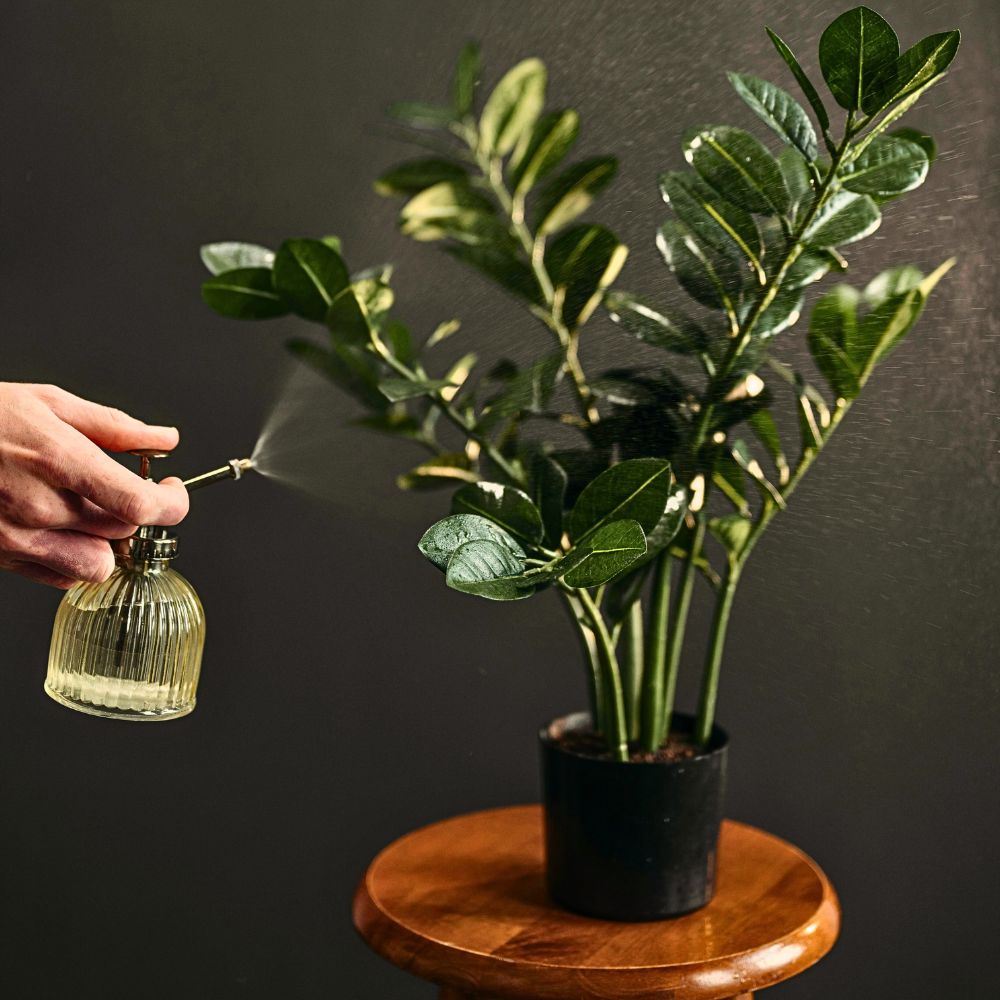
Seasonal Care Changes
Though remarkably consistent in its basic care requirements throughout the year, the emerald palm benefits from subtle adjustments to its maintenance routine as seasons change. During spring and summer, the plant enters its primary growth phase, responding to increased light duration and intensity with new stems and leaves emerging from the rhizome base. Water when the top two inches of soil become dry, and apply fertilizer according to the schedule previously described.
Position the plant to capture maximum indirect light during these productive months, perhaps moving it closer to windows than during winter, while still avoiding direct sun exposure. As autumn transitions to winter, the plant naturally slows its growth in response to decreased light intensity and duration, along with potentially cooler temperatures. Respect this rhythmic semi-dormancy by reducing watering frequency and suspending fertilization entirely until spring signals the return of active growth.
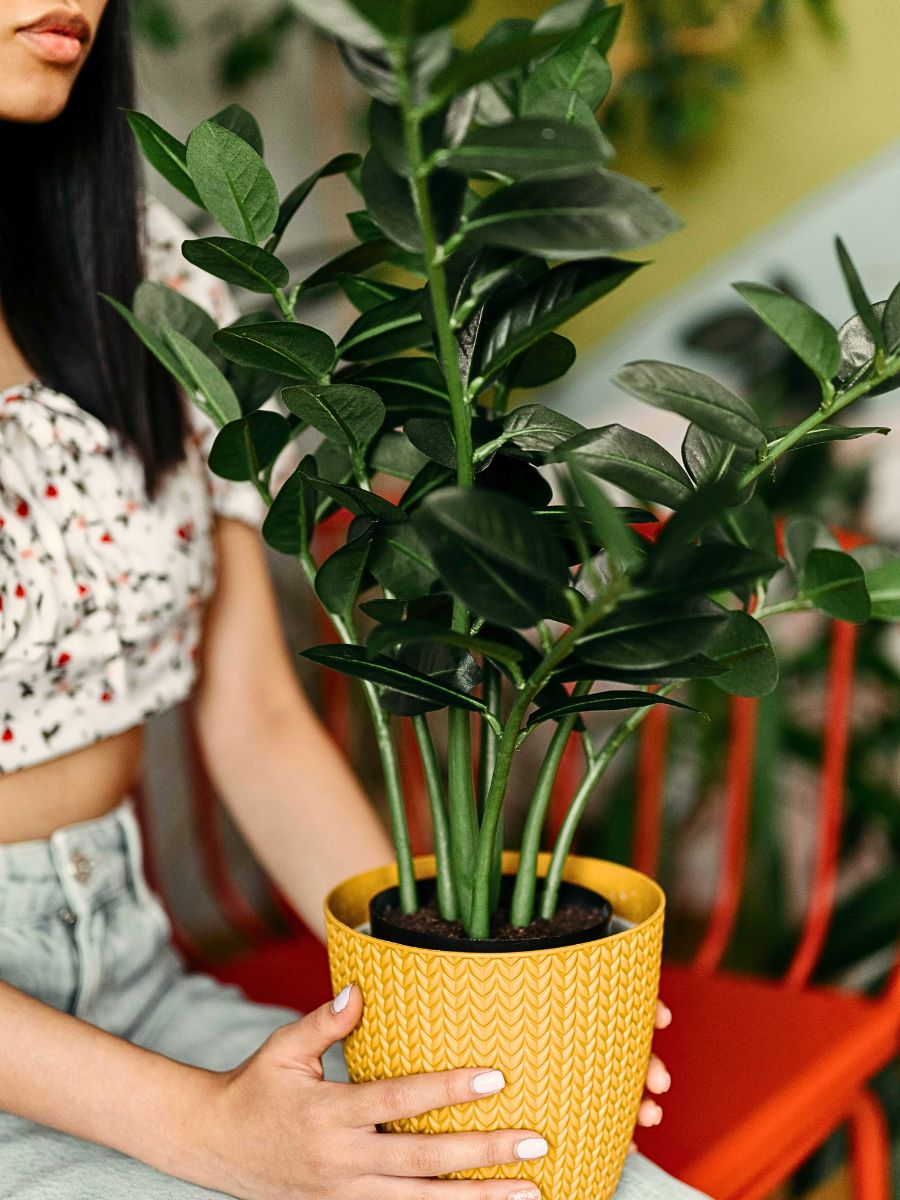
Winter heating systems often increase transpiration rates while simultaneously accelerating soil drying, yet the ZZ plant's water-storage adaptations prevent dehydration even when watering intervals extend considerably. Monitor it more for signs of overwatering than underwatering during these cooler months, as excess moisture poses a greater threat when metabolic processes slow and water uptake decreases.
Is Emerald Palm Toxic to Cats and Other Pets?
Pet owners considering adding an emerald palm to their houseplant collection should be aware of its potential toxicity to animals. The question: ‘Is emerald palm toxic to cats?’ particularly concerns many plant enthusiasts, as felines often show interest in chewing foliage. The Zamioculcas zamiifolia plant contains calcium oxalate crystals throughout its tissues that can cause significant irritation upon contact with sensitive pet tissues. When a cat, dog, or other curious pet chews on emerald palm leaves or stems, these crystals can embed in the oral tissues, leading to immediate discomfort manifested as pawing at the mouth, excessive drooling, foaming, vomiting, or difficulty swallowing.
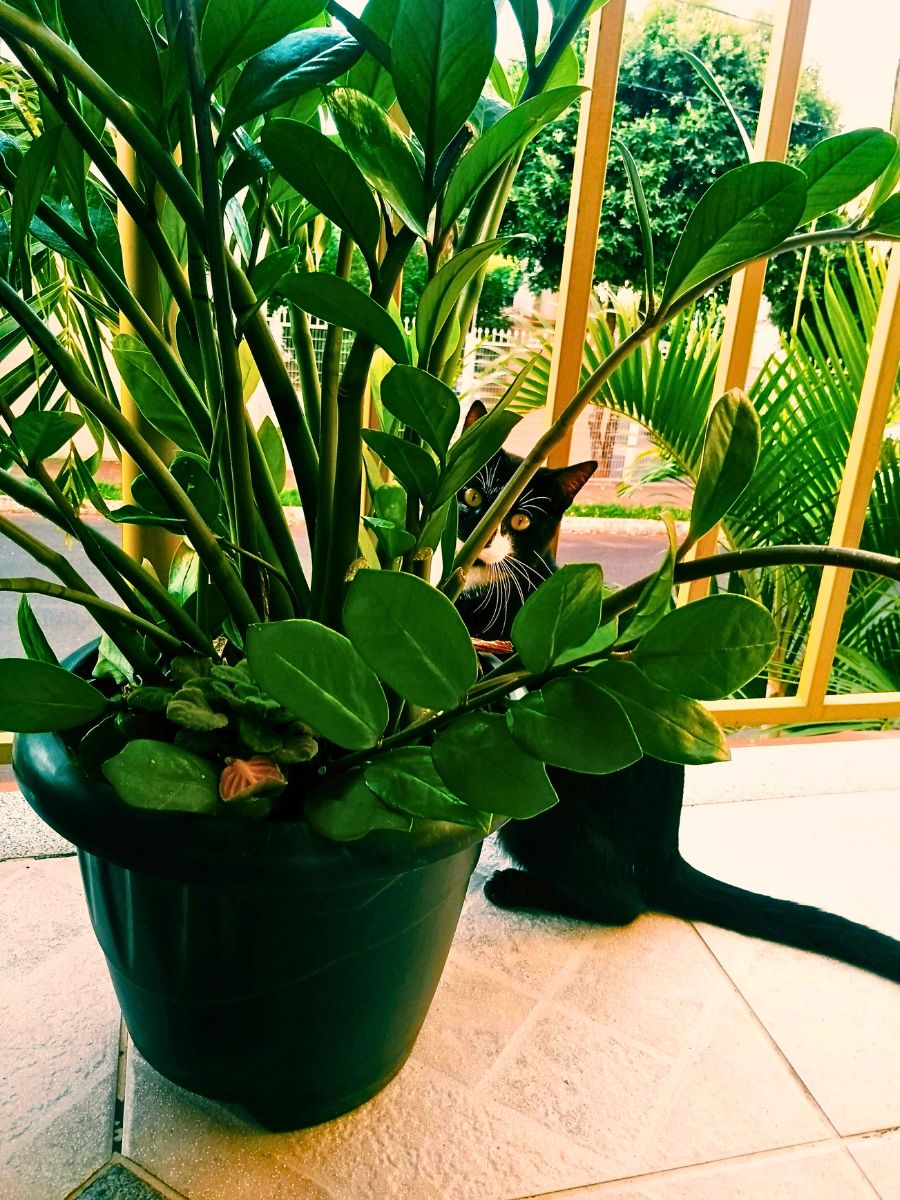
While rarely fatal, these symptoms cause considerable distress to affected animals and may require veterinary intervention in severe cases, particularly if significant quantities have been ingested. The most effective preventive strategy is to position the plant in locations inaccessible to animals. Consider elevated shelves, hanging planters, or rooms that remain closed to pets while still providing adequate light for the emerald palm plant to thrive. Pet deterrent sprays formulated with bitter substances can temporarily discourage investigation, though their effectiveness varies by animal and requires consistent reapplication.
If you suspect your pet has ingested parts of your Zamioculcas zamiifolia plant, monitor for the symptoms described and consult a veterinarian promptly if significant distress occurs, providing information about the specific plant involved to guide appropriate treatment. This toxicity factor represents perhaps the only major drawback to this otherwise ideal houseplant, necessitating thoughtful placement in homes shared with pets for their safety.
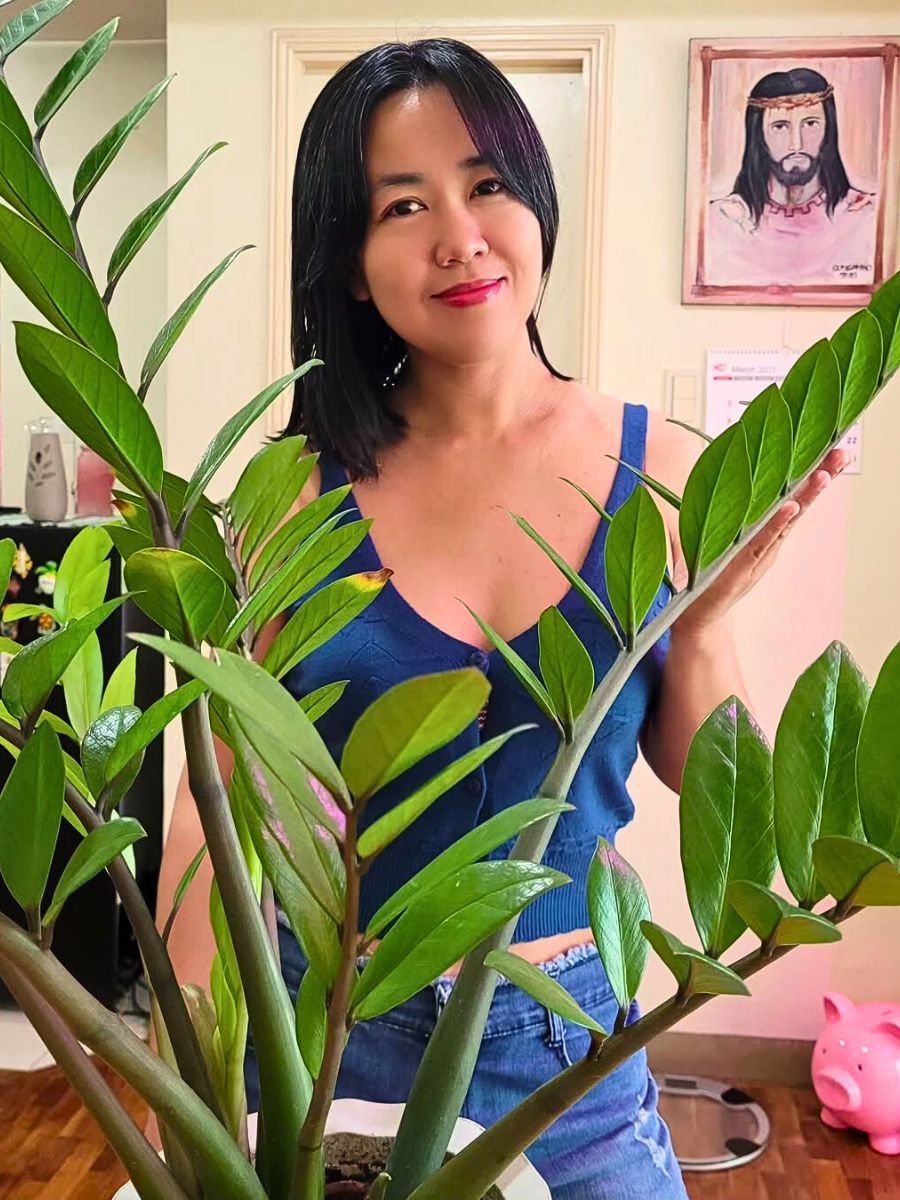
Styling Your Space With the ZZ Plant
The architectural quality of the emerald palm makes it an exceptional statement piece in contemporary interior design schemes across various aesthetic styles. Its upright growth habit, symmetrical arrangement of glossy leaves, and deep green coloration create a sophisticated focal point that complements diverse design approaches without overwhelming surrounding elements.
In minimalist spaces, a single large ZZ plant in a simple ceramic container provides an organic element that softens clean lines and hard surfaces while maintaining the uncluttered visual ethos essential to this design philosophy. For more eclectic interiors, its structural form creates a counterbalance to busier elements, offering a visual anchor amid diverse textures and patterns that helps unify the overall composition. The plant works particularly effectively in entryways, living rooms, and office settings, where its impressive appearance makes a strong first impression while requiring minimal maintenance.

Container selection significantly influences how the plant integrates into specific design schemes. Its deep green foliage pairs beautifully with earthy terracotta, crisp white ceramic, or metallic planters that enhance its natural elegance while expressing different stylistic intentions. Consider the proportional relationship between plant and container—a mature specimen with multiple stems creates greater visual impact when its pot provides a stable, substantial base rather than appearing undersized with regard to its foliage.
In feng shui applications, the emerald palm symbolizes prosperity and steadiness, with its upward-growing leaves representing advancement and good fortune. Positioning it in eastern or southeastern locations within a room supposedly enhances these beneficial energies, according to practitioners of this ancient system.

Complementary Plants and Designs for Emerald Palm Display
Creating effective plant groupings that include the emerald palm requires consideration of contrasting forms, textures, and light requirements to develop visually compelling compositions. Its upright, architectural structure works harmoniously alongside trailing or cascading species like pothos or string of pearls, creating dynamic vertical interest within a plant display.
For textural contrast, pair the glossy emerald palm leaves with plants featuring different leaf characteristics—perhaps the velvety foliage of calathea varieties or the delicate fronds of maidenhair ferns, provided the shared location offers appropriate conditions for all species involved. This combination of different plant forms creates visually engaging arrangements that showcase each specimen's unique characteristics while creating a cohesive grouping greater than the sum of its individual components.
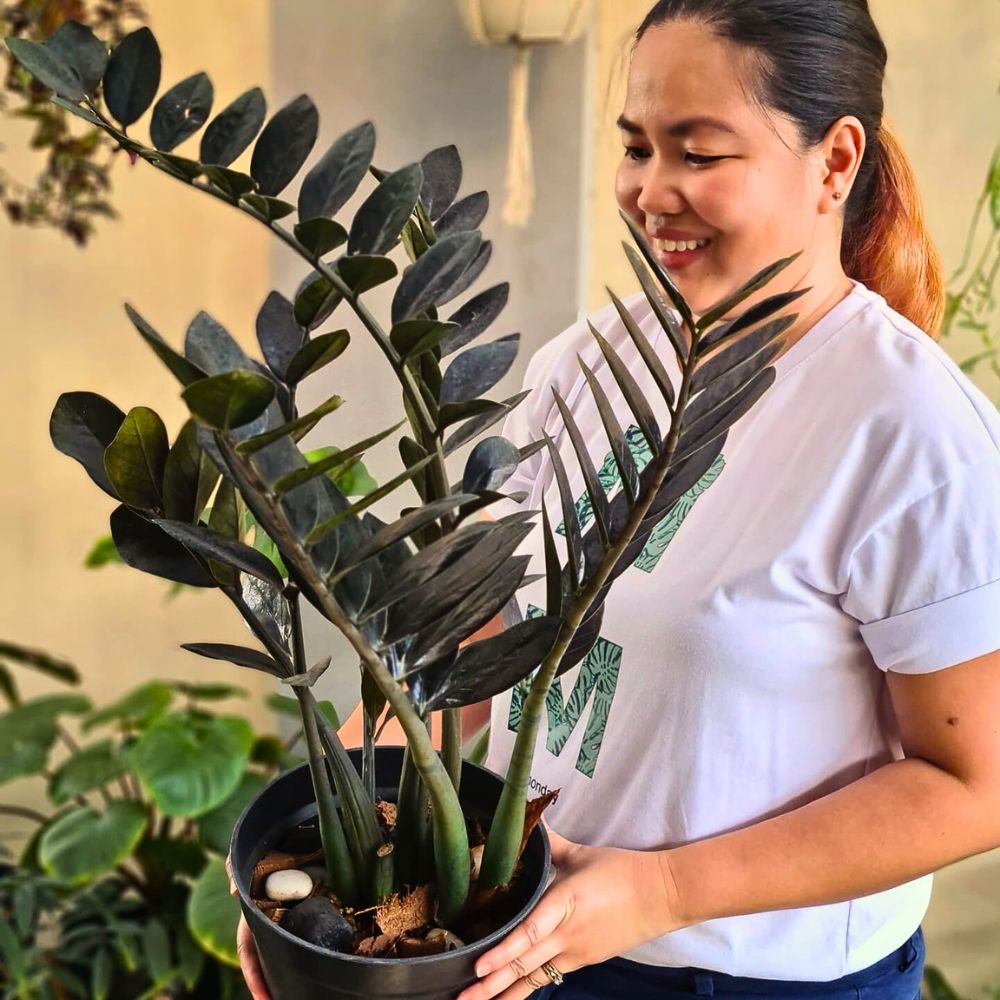
The plant also integrates seamlessly with various design elements that enhance its ornamental qualities in both residential and commercial settings. In professional environments, incorporate the emerald palm into living walls or large planters that define areas within open floor plans, leveraging its low-maintenance nature for high-impact visual statements with minimal upkeep requirements.
For home applications, position ZZ plants near materials with reflective qualities—glass tabletops, polished stone surfaces, or mirrors—that capture and accentuate the natural sheen of the emerald palm plant's foliage. As interior design increasingly emphasizes biophilic elements that connect occupants with natural systems, the plant offers an accessible entry point for incorporating living greenery into spaces where other plants might struggle, bringing ecological vitality to spaces without demanding specialized care regimens or optimal growing conditions that more temperamental species require.
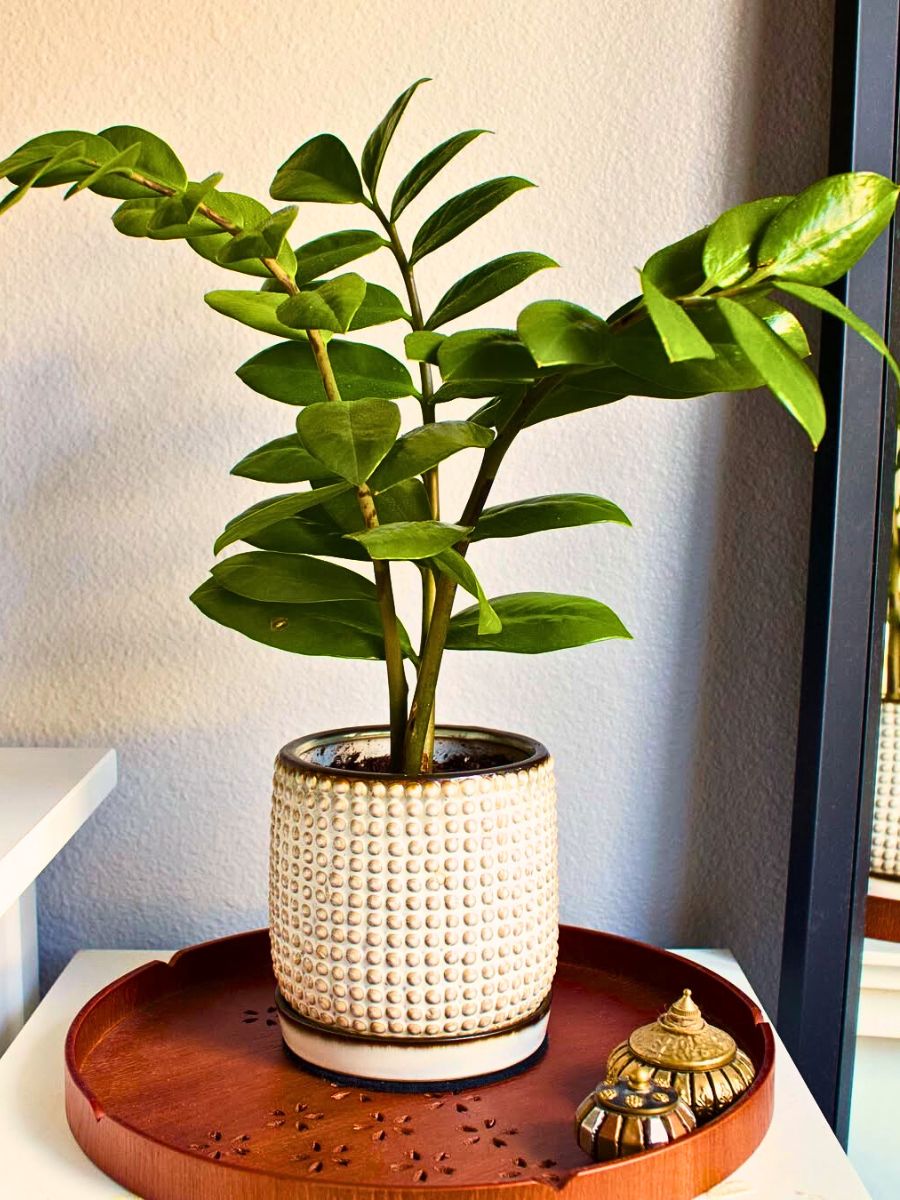
Health Benefits of the Emerald Palm Plant
Aside from its undeniable aesthetic value, the emerald palm has many more benefits. For instance, it contributes significantly to indoor air quality improvement through natural filtration processes. Research has demonstrated its ability to remove volatile organic compounds (VOCs) from indoor environments, filtering toxins like xylene, toluene, and benzene that commonly emanate from synthetic building materials, furnishings, and cleaning products.
Through phytoremediation, the Zamioculcas zamiifolia plant absorbs these harmful compounds through its leaves and roots, metabolizing them into harmless byproducts while releasing oxygen through photosynthesis. This air-purifying capacity becomes particularly valuable in sealed modern buildings where ventilation may be limited and VOC concentrations can build to levels potentially affecting occupant health. This helps create healthier living and working spaces.
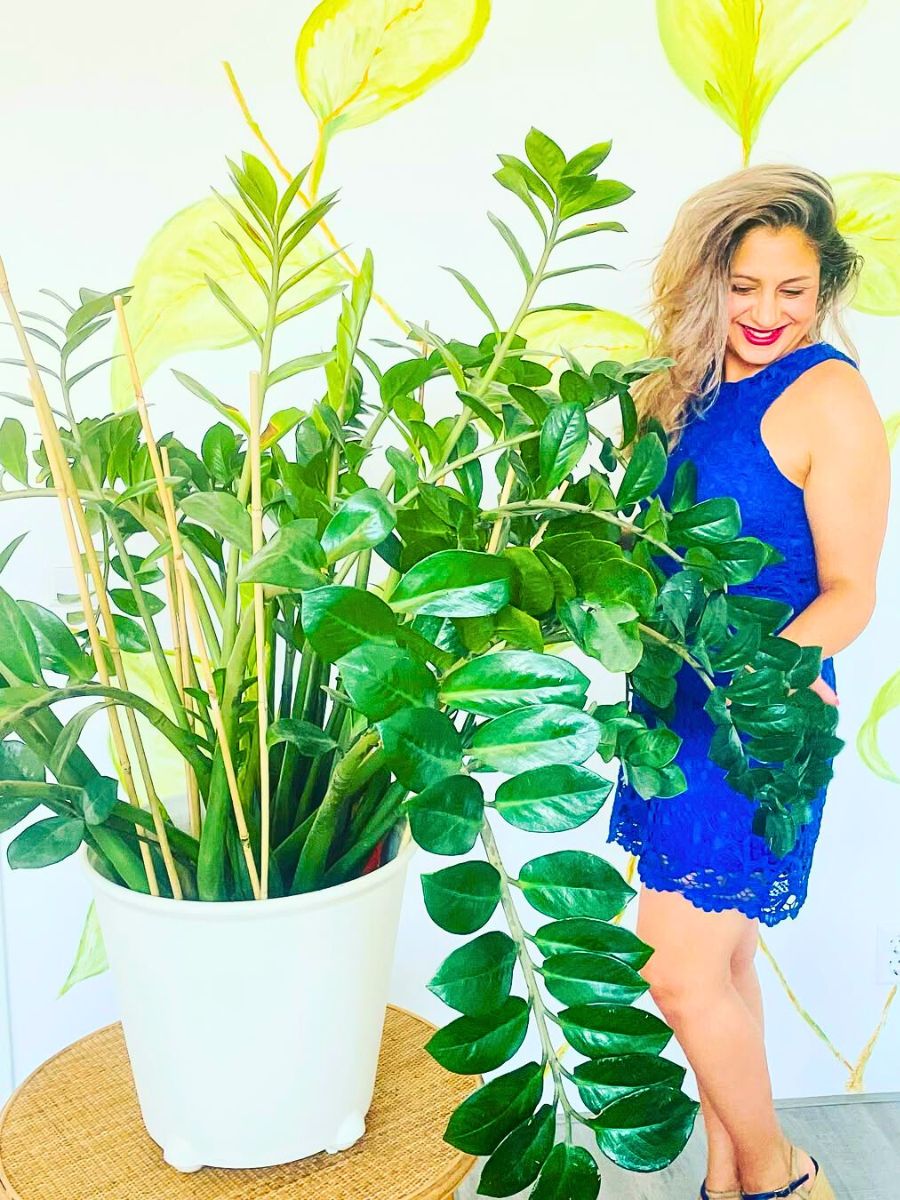
The emerald palm plant performs its air-cleansing functions continuously, with efficacy that increases as the plant matures and develops a greater leaf surface area for gas exchange processes. For maximum air-purifying benefits, place larger specimens or multiple plants in rooms where people spend significant time, such as bedrooms, living areas, or offices, where air quality most directly impacts health and comfort.
Additionally, its leaves increase ambient humidity through transpiration, though to a lesser degree than some tropical houseplants due to their water-conserving adaptations. This subtle moisture contribution can help counteract the drying effects of heating and cooling systems, potentially reducing problems associated with excessively dry indoor air.

Moreover, the presence of the ZZ plant in living and working environments encompasses significant psychological advantages documented through extensive research on human-plant interactions. Studies have demonstrated the positive effects of indoor plants on mental well-being, with specific benefits including stress reduction, improved concentration, enhanced creativity, and elevated mood states.
The emerald palm's evergreen nature also provides a consistent visual connection to the natural world, regardless of season or weather conditions outside, satisfying the biophilic needs inherent in human psychology. For those with limited experience caring for houseplants, it offers psychological benefits aside from those associated with simply viewing greenery.
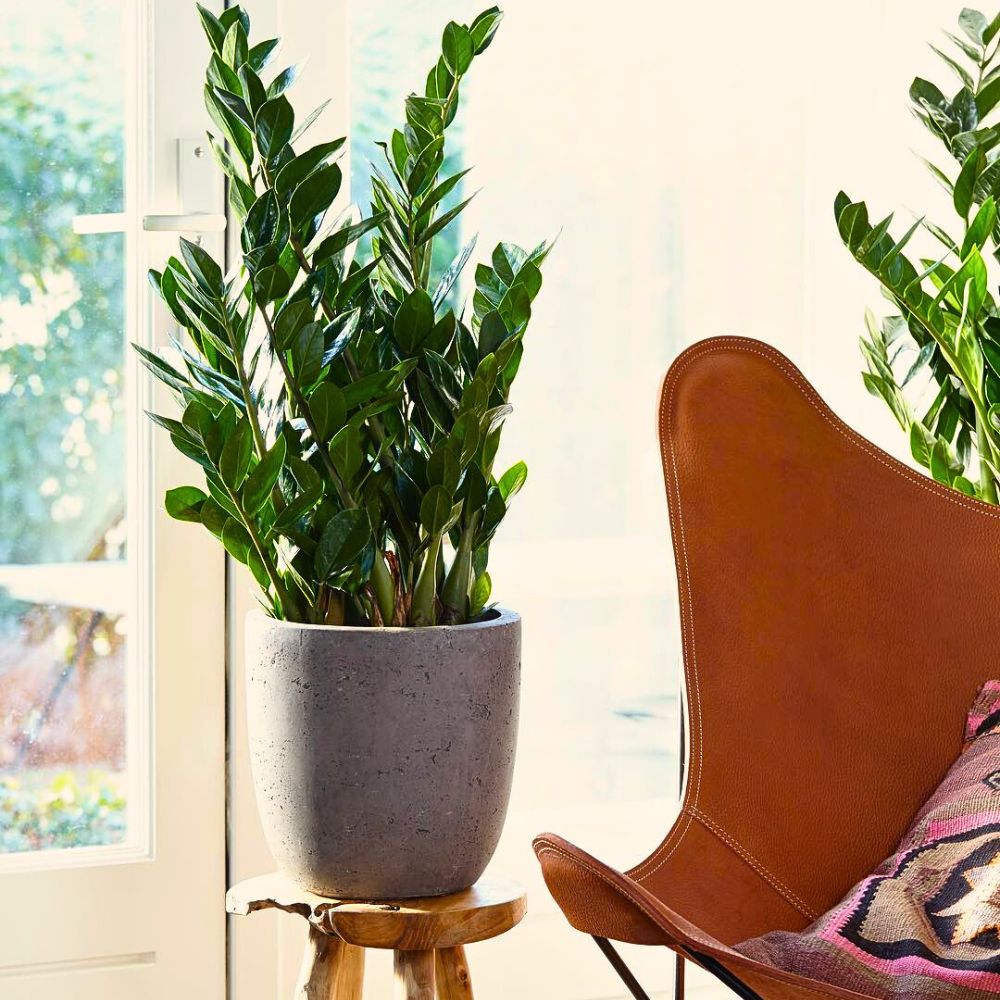
Successfully maintaining it builds confidence in one's nurturing abilities while providing the satisfaction of caring for a living organism that responds to attention through continued health and occasional new growth. This aspect particularly benefits individuals dealing with anxiety or depression, for whom the structured yet low-pressure routine of plant care can provide a mindfulness practice and a sense of accomplishment. The emerald palm represents a complete addition to indoor aesthetics, individuals' well-being, and environmental quality. It remains a valuable inclusion in practically any interior space.
Feature image by @rooting4robin, header image by Ksenia Chernaya.

